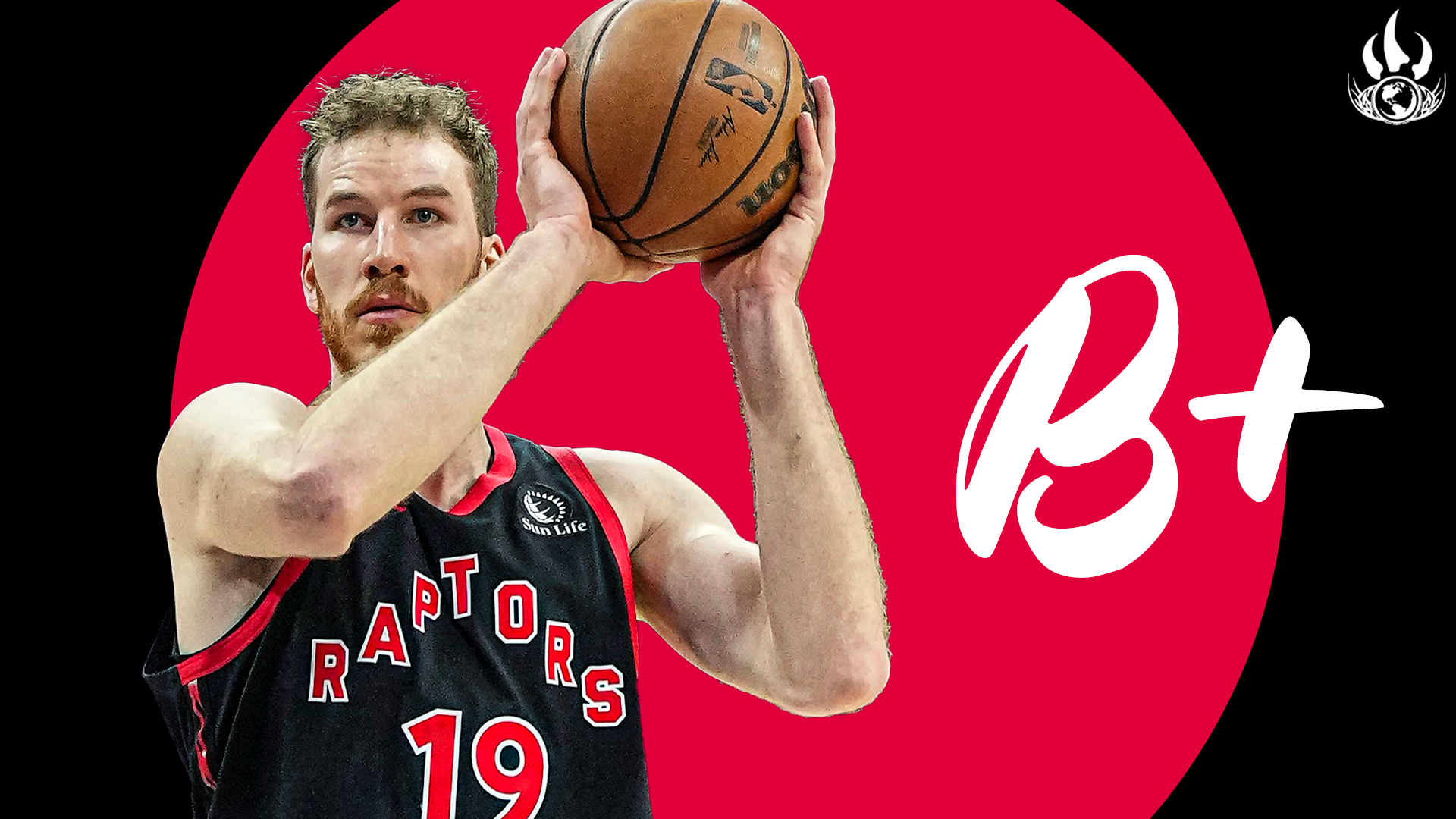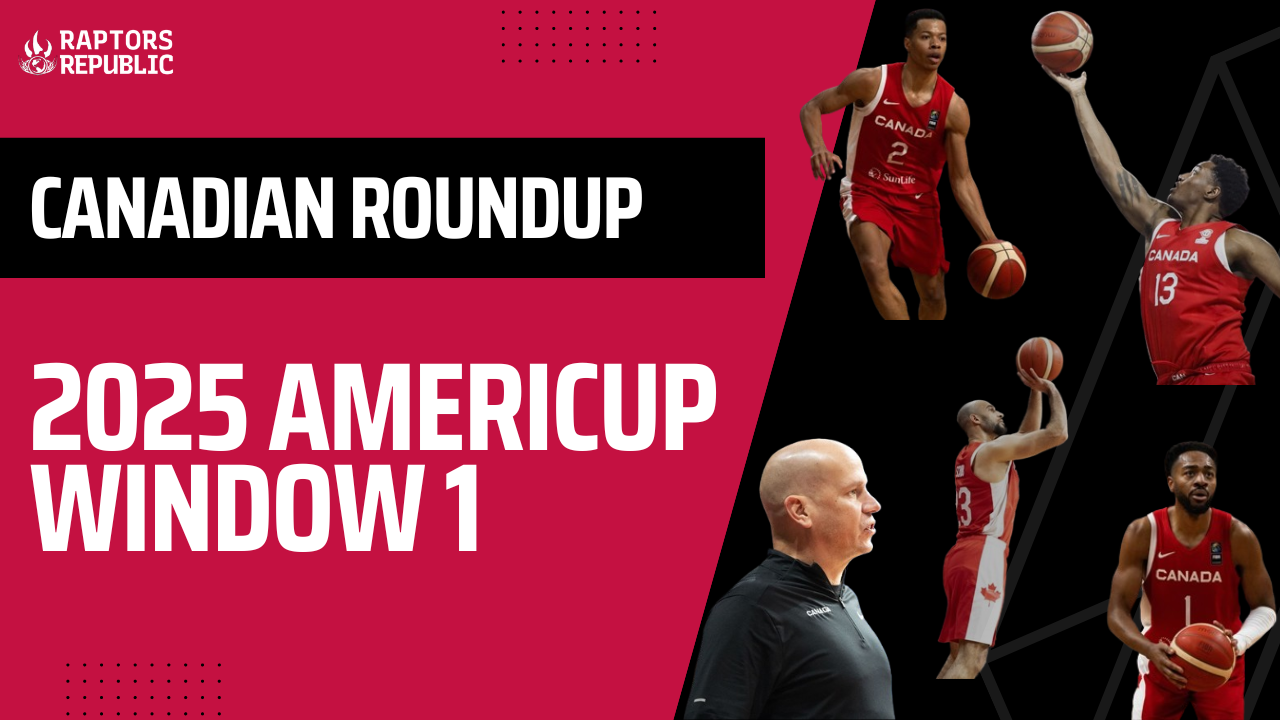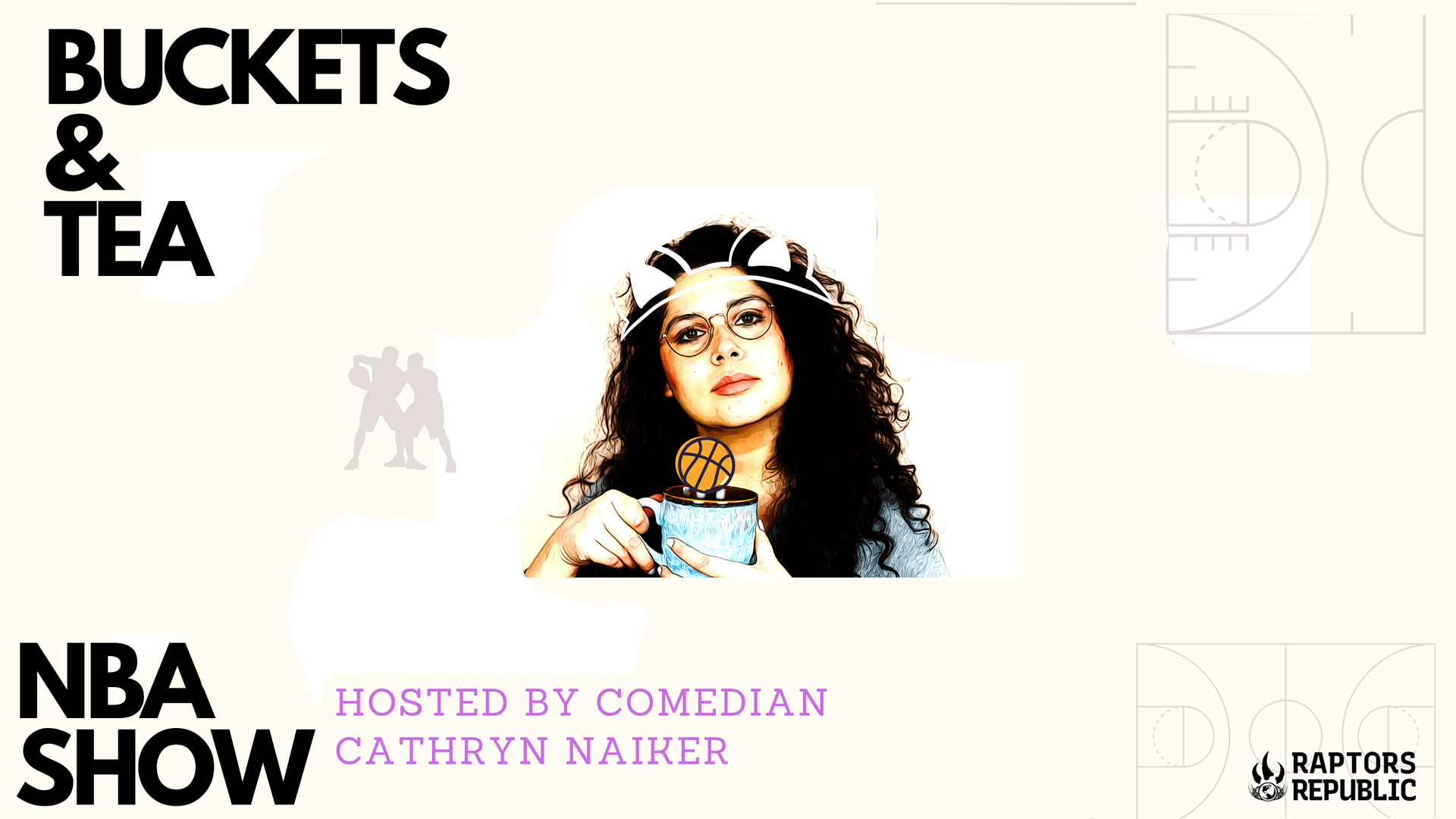The following is part of Raptors Republic’s series of pieces reviewing the season for the Toronto Raptors. You can find all the pieces in the series here.
I feed my two-year-old more noodles than any other food. They’re a noble food, noodles. They do yeoman’s work in a diet. And no matter how much I suspect he will hate his vegetables, or his protein, or even turn on his erstwhile favourites, I know the noodles will always fill his tummy. They come through when nothing else does. You can’t make a meal out of noodles. (You can, but he won’t eat them with other exciting stuff in there.) But neither, at least in my household, can you make a meal without them.
The first time Jakob Poeltl scored 19 points this season came on Dec. 22, 2023, when the fully-healthy Raptors were dispatched fairly easily by the Philadelphia 76ers. Philly’s three stars (including Tobias Harris) combined for 97 points. That losing spree, of which the Philadelphia game was a part, raised existential questions for Toronto.
Poeltl lost his minutes scoring 19 against the Sixers. The next game he scored two — and won his minutes. The Raptors, of course, still lost. Poeltl didn’t reach the 20-point threshold once this year. And those four games in which Poeltl scored 19? The Raptors lost every one.
Poeltl is not meant to be a star. He is meant to free them. He is always trustworthy, reliable. He is noodles.
For the second year in a row (among rotation players still on the team), Poeltl led the team in on/off differential. The Raptors were competent with him on the floor and miserable without him. Toronto’s lineups without Poeltl (or the stars who were traded away) ranked in the 4th percentile leaguewide, losing their minutes by 16.8 points per 100 possessions. That’s bad! And it’s largely a commentary on Toronto’s roster without Poeltl. No one was able to mimic his abilities.
Of course, his abilities were also quite impressive on their own. Among rotation players, Poeltl had the highest on-court rating on the team, at negative-0.6. He almost won his minutes! Toronto was virtually a .500 team when Poeltl was on the court. That’s, non-sarcastically, quite an accomplishment given … everything else … that happened this year.
What Poeltl offers is a necessary ingredient for success. Every good team, bar none, needs someone to do what Poeltl does. He is stolid on the offensive end, sacrificing his own body and stats to pave others’ road to stardom (and the rim). Because Poeltl used his enormous bulk and strength to clear space for teammates, he found easier and stronger chemistry with newcomer Immanuel Quickley than any other Raptor.
Quickley and Poeltl were one of Toronto’s best off-ball screening combination. A possession that included a Quickley cut around a Poeltl screen scored 1.1 points per chance, often seeing Quickley jet into open space created by Poeltl. Think of them as a farming pair: Poeltl sows and Quickley reaps.
And the only reason Quickley and Poeltl were not Toronto’s best combo was because Poeltl actually found better off-ball screen craft with another former Knick in RJ Barrett. Possessions that saw those screens averaged 1.3 points per chance. While Quickley used Poeltl screens to dash away from the rim and launch triples, Barrett generally curled around Poeltl to catch the ball already on the way downhill. He let his duck drives (always churning) take care of the rest.
When Poeltl set off-ball screens for both Barrett and Quickley, the Raptors were laughing all the way to the bucket bank.
It helps that Poeltl himself was one of the most efficient scorers in the NBA this year. He didn’t create for himself, of course, but he often trailed in the wake of his screening partners, always leaving an angle for a dumpoff pass to give himself a running start as a finisher. His field-goal percentage of 65.6 would have ranked third in the league had he qualified (his injury kept him from hitting the requirements), and he was equally elite whether at the rim or using push shots and floaters from the short midrange.
He is Mike Tyson personified — a bull at clearing space with the footwork of a ballerina. The Raptors simply don’t have another player capable of doing the grunt work to free others, let alone with the incredible ability to convert those advantages if teammates do dump him the ball after his physical battle is complete.
Poeltl is just as impressive at screening on the ball, of course. Though possessions with Poeltl and Quickley screening had lower efficiency with the ball in play than without, that was largely because of Quickley propensity to pick up his dribble on the drive out of pick and roll. Off-ball screens were more potent for the duo not because of Poeltl, in other words. And Poeltl developed very strong on-ball screening efficiency with Barrett and Scottie Barnes, as well. Though Barnes and Poeltl are both treated as non-shooters in such plays, the Raptors still managed to create buckets through injecting dynamism in other areas: using Quickley as a Spain screener or staggered screener to add more options and defensive panic, or running cutters from the baseline or 45 degrees.
That Barnes and Poeltl didn’t run too many static picks, with their teammates standing still and ready to shoot, was actually a good thing. Their actions fit well into Darko Rajakovic’s offense, flowing smoothly into and out of other actions. Defenses generally tried to muck up the paint on such possessions, playing drop-and-under with a very high frequency. But Poeltl was thus able to get contact on almost 80 percent of his screens, and Barnes had an enormous assist rate on such plays (almost 25 percent). Toronto made it work. It wasn’t ideal, as the fit would be between Barnes and a 3-point shooting big, like Myles Turner or Brook Lopez, but it still was an above-average play on a team that lacked such options. That in itself is quite a win.
On the defensive end, Poeltl had a subpar year by his own standards but still a solid one regardless. There were times, particularly early on the year when Toronto still employed Pascal Siakam and OG Anunoby, when the team should have had a good defense but didn’t. Some of that fell on Poeltl, who was allowing players to turn the corner in pick and roll and not doing a strong enough job of protecting the rim. He was the first player to admit to such issues. They were small — the margins for error in the NBA always are — but they were there.
He improved as the season went on. December was his worst month defending the pick and roll, driven largely by some, ahh, less-than-ideal defensive effort from some players who would soon play elsewhere. It was a hard environment for everyone. But he settled into the defensive end in January and February, allowing much lower efficiency on picks despite playing alongside lesser defensive personnel.
Keep in mind some of this playtype division is like slicing a sandwich with a baseball bat, but Poeltl was especially solid when you filter for his preferred defensive approaches to the pick and roll. He played a higher rate of “up to touch” than anyone else in the league, and among the highest-volume users of such an approach, he was right around average in efficiency allowed. That’s actually quite impressive, as it puts him alongside the likes of Bam Adebayo, Victor Wembanyama, and Jarrett Allen and ahead of the other plodders like Ivica Zubac, Jusuf Nurkic, Nikola Vucevic, Domantas Sabonis, and others. While Toronto used Poeltl in a deep drop less frequently, his results were similarly average among the highest-frequency purveyors.
His rim protection numbers were also right in line with that second tier of center defenders, holding opposing shots to 6.0 percentage points below expected from within six feet. That’s solid and right in line or slightly below past seasons from him. And, again, all the more impressive given his teammates’ defensive, ummm, abilities.
All told, Poeltl can be the starting center on an elite defensive team. He likely can’t be its best defender, and needs sticky point-of-attack defenders and bulky wing defenders alongside him. Which Toronto doesn’t have. He’s necessary for Toronto’s great defense, but not sufficient on all his own. (That’s a little LSAT joke for you.) Pretty much ditto on the offensive end.
So consider Poeltl a bellwether for Toronto going forward. If the Raptors are going to be good anytime soon, it very well could be with Poeltl manning the middle. He may not be one of the league’s elite centers, but he can hold the fort on either end to catalyze the elite-ness of his teammates at other positions. Good teams need players like that.
Perhaps Toronto does not want to be good anytime soon, and then Poeltl winning his ~1800 minutes on the season would be something of a problem. In that case, the Raptors might look to move him elsewhere and then spend another several years looking for a player like him if they ever became good. Such is the life of a team-builder, which is a very difficult job. But Poeltl himself is solidity defined. He had a very good 2023-24, even if the Raptors didn’t. There are very few other Raptors about whom we can say the same. He is noodles. Delicious and filling. And a good building block for Toronto’s future.



